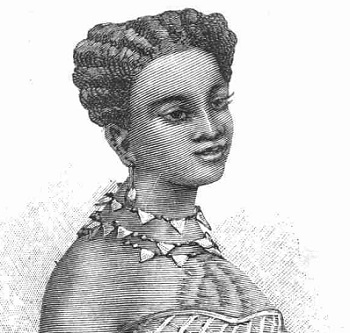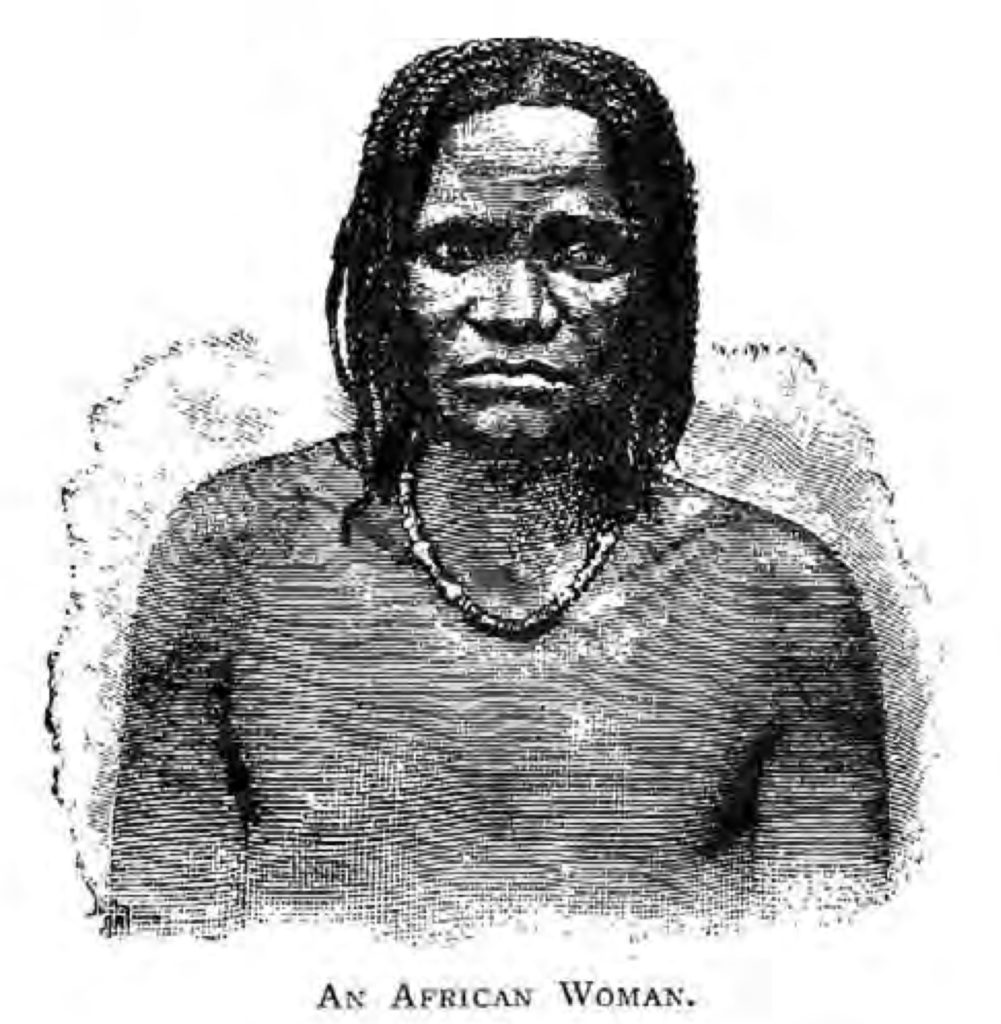
Rachel Taylor is Research Associate in the History of Haut Katanga on the ‘Comparing the Copperbelt’ project.
When I started work on the Comparing the Copperbelt project and engaged with the most important histories and ethnographies of the Katangese Copperbelt, I was struck immediately by how central women were to the hopes and fears of Union Minière executives, colonial officials, and mineworkers themselves. With the start of its stablilization policy in 1926, Union Minière deliberately encouraged workers to reside long-term near the mines, which officials believed meant marrying (monogamously) and living with that wife in new mining towns. Town-based wives would tie men to the area and would raise the next generation of workers (and of workers’ wives.) But, at the same time, the presence of African women, even of miners’ wives, was threatening. European officials worried that the wrong sort of African women might bring unhealthy practices into town, fail to raise their children healthily, and corrupt their husbands rather than supporting them in becoming the ideal, civilized workers of European dreams. For miners themselves, wives and mistresses were constant targets of complaints.
This simultaneous need for and fear of women was familiar to me from my earlier forays into Katangese history, which focused on how men from Unyamwezi – such as the Yeke chief Msiri (c1830-1891) and his followers – discussed and celebrated “great men”, and how such histories provided models of heroism that young men sought to follow. Msiri was one of the most significant of the many Nyamwezi entrepreneurs who established new trade routes, or who used imported guns and forms of wealth such as cloth to found new states in East and Central Africa in the eighteenth and nineteenth centuries (Feierman 1995; Reid 2007). In many of the oral histories of Msiri, despite the overall focus on great men, women play central roles as both sources of legitimacy and as potential agents of destruction (Legros 1996.)
Firstly, women, and particularly wives, could serve as symbols of trade or political alliances. Msiri is said to have married one wife, Kapapa, before he set out for Katanga; another, Kamfwa at Ufipa (to the south of Lake Tanganyika, on the trade route to Katanga); and a third, Kamama, a little further along the road. Significantly he is also remembered as having married two daughters of the Mwata Kazembe, the Eastern Lunda chief and the most powerful leader in the region. (His successor, Mukanda Bantu, claimed descent from the Mwata Kazembe as a result.) Msiri later married Maria de Fonseca, a Luso-African woman related to important Angolan trading partners. While we have contemporary corroborating evidence of some of these marriages, it is also significant that descriptions of such marriage-based trading and political relationships made sense to later listeners of these traditions. It was then worthwhile to “remember” these marriages, even if some never took place. Reciting marriages at particular places helped to make Msiri’s route to Katanga, and later his trading contacts, concrete and comprehensible.
Secondly, a ruler’s treatment of women provided a signal of whether his rule was fair or just. Often this was indirect: complaints about the ill-treatment of women could provide justification for attacks on a ruler. Most dramatically, Yeke traditions record that Msiri was “gifted” Sanga lands on the condition that he never killed a Sanga woman. A later Sanga uprising was explained in these traditions: a complicated story is told in which a beautiful young Sanga woman, staying in a Yeke town, was accidentally killed by her servant. Her death thus broke Msiri’s vow.

Most directly, a royal woman, treated brutally, could call on another ruler to avenge her and ensure a more decent form of rule. In the traditions, the sister of Kapema, a rival ruler, is described as having demanded of Msiri that her brother be punished for having killed her son and used his skin to make a royal stool (thereby symbolically consuming his family in an attempt to bolster his rule.) She stripped in front of Msiri, invoking a widespread idiom in which women’s purposeful nudity is used to call political leaders to action. The significance of this story lies not in its literal truth. In fact, as David Gordon has shown, this was a direct appropriation of an Eastern Lunda historical tradition, with the names transposed (Gordon 2018.) Instead, its significance lies in what it says about women’s power to complain justifiably, and of the necessity of protecting women and family for legitimate rule.
Yet women were not only paths to legitimacy: they could also be dangerous traitors, able to destroy an otherwise invincible man. Msiri was shot and killed in 1891 by a Belgian representative of the Congo Free State, the forerunner to official Belgian colonisation of the Congo. To understand a powerful ruler and warrior like Msiri, believed to possess powerful magic which protected his life and secured his success, could die, Yeke power-brokers and storytellers drew on beliefs about treacherous women. In such stories, after Msiri had been shot by a European he was, despite appearances, not truly dead. Only when his Luso-African wife, Maria de Fonseca, told the Europeans to cut off his little finger, remove his belt and decapitate him, was Msiri truly dead.
European officials were not themselves drawing on such Katangese narratives to construct their images of women in Katanga and their envisaged role in the mining towns. But their obsessive focus on women’s behaviour and actions, on women’s power both to provide life and to betray men, shares its focus on women-as-adjuncts-to-men. In European documents, as in oral traditions, women in Katanga feature as signs of hope and stability, but also of danger and potential destruction.

In colonial and mining reports, as in oral traditions, descriptions of African women often tell us more about the writers’ hopes and fears for the social order than of the actual behaviour and desires of the women they purport to describe. At times however we may receive glimpses of women as more than simply markers of exchange or signifiers of stability. Msiri’s sister, for instance, was entrusted with bringing their father’s nkono, or insignia, to Msiri. This hints that she may have been a powerful caravan head in her own right and reminds us that many of Msiri’s wives would also have brought skills, connections and commercial acumen to his businesses and kingdom (c.f. Harman 1986; Wright 1993.) In Katanga’s colonial and postcolonial mining towns, the actions of women likewise find representation in archival documents and publications as sources of complaint, of women failing to live up to the expectations placed on them, of the simultaneous necessity and danger of women’s presence. I look forward to the interviews I will conduct in summer 2019 for this project. These will not only re-establish the significance of women’s presence and women’s actions, but will also show how their lives were not always centred on men.
Feierman, Steven. 1995. “A Century of Ironies in East Africa (c. 1780-1890).” In African History: From Earliest Times to Independence, by Steven Feierman, Leonard Thompson, Jan Vansina, and Philip D. Curtin, 352–76. New York: Longman.
Gordon, David M. 2018. “Kingdoms of South-Central Africa: Sources, Historiography, and History.” Oxford Research Encyclopedia of African History.
Harman, Nicholas. 1986. Bwana Stokesi and His African Conquests. London: Cape.
Legros, Hugues. 1996. Chasseurs d’ivoire: Une Histoire Du Royaume Yeke Du Shaba, Zaïre. Anthropologie Sociale. Bruxelles, Belgique: Editions de l’Universitée de Bruxelles.
Reid, Richard J. 2007. War in Pre-Colonial Eastern Africa : The Patterns & Meanings of State-Level Conflict in the Nineteenth Century. Eastern African Studies (London, England). London; Nairobi: The British Institute in Eastern Africa; Oxford.
Wright, Marcia. 1993. Strategies of Slaves & Women: Life-Stories from East/Central Africa. New York: L. Barber Press.
